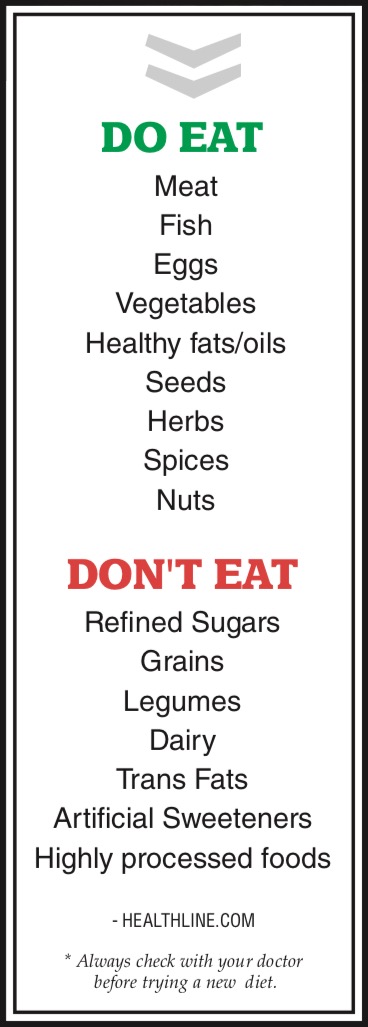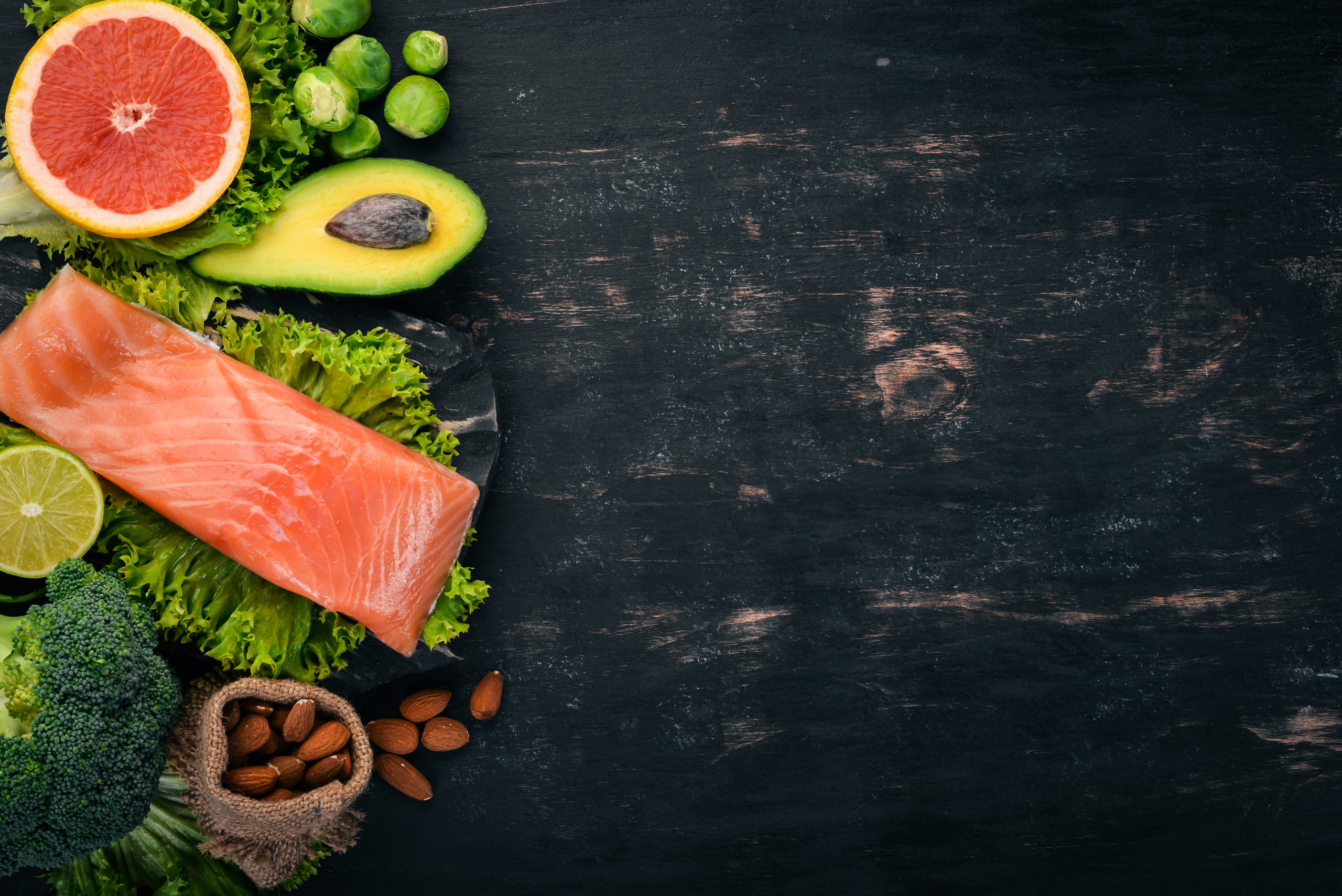
Sit down to a plate of delicious zucchini pancakes with bacon and chives for breakfast; an appetizing turkey cobb salad for lunch; and a hearty plate for dinner made up of apple cider pork roast with honey maple glazed carrots. Sounds enticing, doesn’t it? This is a normal meal plan for the cave man cuisine. You may notice, however, that there are some other food groups that are missing.
The days of the hunter-gatherers or cave men were vastly different than they are now in many ways, especially when it comes to food. Nowadays, we do not have to hunt for our food, so our plates do not look as they did during the times of our prehistoric ancestors. Yet, this meal plan made up of wild fruits and vegetables and animal-based fat and protein is the ideal fuel that humans need.
So what exactly does it mean to eat like a cave man? Well, there are some do’s and don’ts. The idea is not to exactly replicate what actual cave men ate, but to come very close. Our prehistoric ancestors regularly ate high-protein, high-fiber meals. This method of eating kept them lean without causing a significant loss of calories. The foundation of a cave man meal is meat, seafood, starchy vegetables, fruit, nuts (no peanuts), seeds and water. The food our ancestors ate during cave man days comprised whatever was easily accessible or able to be hunted. No wheat, corn or grain is incorporated into the cave man cuisine. In fact, cave men had no access to these types of food, therefore they only ate what was available on the land.
Normal carbohydrates that we think of like bread, pasta or rice are replaced with healthy carbs like fruit when eating like a caveman. There are other no-no’s on the list for the cave man cuisine. Items such as dairy, refined sugar, potatoes, salt and refined vegetable oils, such as canola should not be consumed. Eating like a cave man is strict and adheres to a rule of not consuming any grains or processed foods—just as these foods were not available to the men and women of this time. Yet, the health benefits it produces are none to argue with. According to the Mayo Clinic, enough tests have not been conducted to determine the long-term risks of eating meals packed with lots of protein, fruits and vegetables, but not a lot of grains or legumes that contain the fiber our bodies need.
There may be a variety of reasons why someone would want to subscribe to the meal plan of their prehistoric ancestors. Some may choose it because of a desire to lose weight. Others may choose it for health reasons because they have been warned of a predisposition to diabetes, heart disease, cancer or other health problems. Whatever the reason, paying close attention to the types of food we are ingesting may be an effective way to ensure a healthy and long life…perhaps long enough to still be talking about the foods of our prehistoric ancestors.
by Georgina Chong-You

